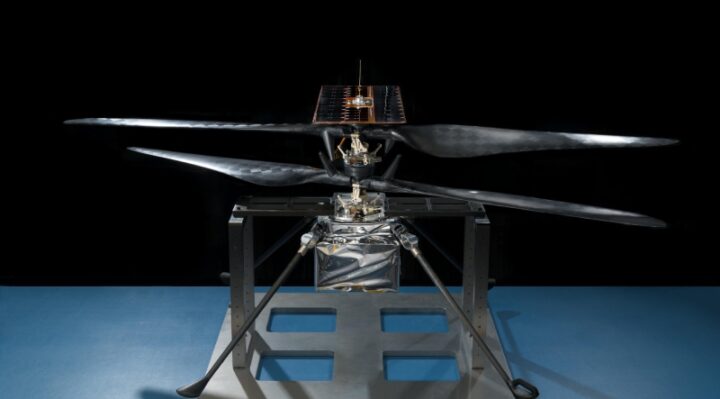
What NASA creates for exploration could eventually lead to other technologies that have wider applications on Earth as the agency continues to innovate for the good of humanity. Numerous cases, including numerous medical breakthroughs made possible by NASA, are featured in NASA’s yearly Spinoff book.
NASA Administrator Bill Nelson stated, “As we continue to push new frontiers and do the unimaginable, NASA’s scientists and engineers are constantly innovating and advancing technologies.” “Getting those advancements into the hands of businesses and entrepreneurs as soon as possible is a crucial component of our mission, as they can utilize them to expand their operations, reach new markets, enhance the economy, and improve everyone’s quality of life.”
The U.S. Food and Drug Administration approved the first wireless arthroscope, a tiny tube with a camera introduced into the body during surgery. NASA’s experience with spacesuits and satellite batteries helped with this medical innovation. NASA’s space exploration and science efforts have also contributed to the development of technologies for the identification of diseases such the coronavirus, hepatitis, and cancer. The agency’s attempts to grow crystals for electronics even gave rise to some varieties of toothpaste.
Other noteworthy 2024 spinoffs include innovations made possible by NASA’s Artemis program, such as a compact, durable video camera that enhances aircraft safety and a new technique for identifying flaws or damage in composite materials. Another spinoff story describes the most recent advantages of fuel cell technology, which was developed for Apollo more than 50 years ago and is now ready to help renewable energy-based terrestrial power grids.
The book also includes information on licensing agency technology and a number of technologies that NASA has recognized as potential future spinoffs. Thousands of NASA innovations have been incorporated into numerous scientific and technical fields since the 1970s, affecting almost every business in the United States.
Technology Transfer program executive Daniel Lockney at NASA Headquarters in Washington said, “As NASA’s longest continuously running program, we continue to increase the number of technologies we license year-over-year while streamlining the development path from the government to the commercial sector.” “These success stories in commercialization show time and time again the advantages of moving agency technologies into the private sector, where the real effects are felt.”
NASA’s Space Technology Mission Directorate and its Technology Transfer program include spinoffs. Through collaborations and licensing agreements, Tech Transfer is tasked with identifying wide-ranging, creative uses for NASA-developed technology, guaranteeing that agency spending benefit both the country and the global community.

